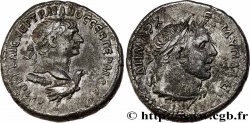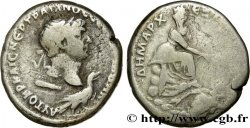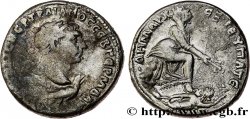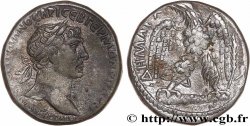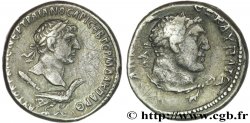Live auction - bpv_637107 - TRAJANUS Sesterce
You must signin and be an approved bidder to bid, LOGIN TO BID. Accounts are subject to approval and the approval process takes place within 48 hours. Do not wait until the day a sale closes to register. Clicking on "BID" constitutes acceptance of the terms of use of cgb.fr private live auctions.
Bids must be placed in whole Euro amounts only. The sale will start closing at the time stated on the item description; any bids received at the site after the closing time will not be executed. Transmission times may vary and bids could be rejected if you wait until the last second. For further information check the Live auction FAQ
All winning bids are subject to a 18% buyer’s fee.
All winning bids are subject to a 18% buyer’s fee.
| Estimate : | 450 € |
| Price : | 225 € |
| Maximum bid : | 228 € |
| End of the sale : | 17 December 2024 14:16:47 |
| bidders : | 1 bidder |
Type : Sesterce
Date: c. 99-102
Mint name / Town : Berytus, Phénicie
Metal : copper
Diameter : 31 mm
Orientation dies : 12 h.
Weight : 16,02 g.
Rarity : R1
Coments on the condition:
Exemplaire sur un flan large et irrégulier bien centré des deux côtes. Belle tête de Trajan. Joli revers bien venu à la frappe. Belle patine verte
Obverse
Obverse legend : IMP NER TRAIAN CAES - AVG GERM P P.
Obverse description : Tête laurée de Trajan à droite (O*).
Obverse translation : “Imperator Nerva Traianus Cæsar Augustus Germanicus Pater Patriæ”, (L’empereur Nerva Trajan césar auguste germanique père de la patrie).
Reverse
Reverse legend : COL/ IVLIA// FEL/ AVG - BER.
Reverse description : Rite de fondation de cité avec un prêtre voilé debout à droite conduisant une paire de bœufs.
Reverse translation : “Colonia Iulia Felici Augusta Berytos”, (Colonie Julia heureuse augusta de Beyrouth).
Commentary
Poids lourd. Rubans de type 3.
Heavy weights. Type 3 ribbons
Heavy weights. Type 3 ribbons







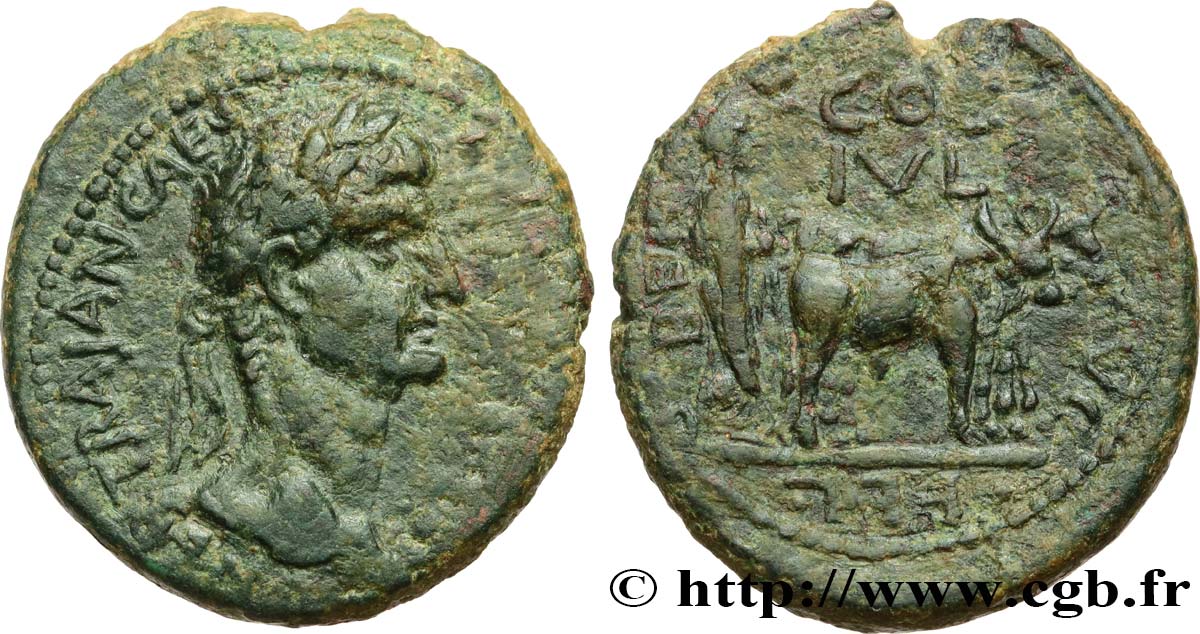
 Report a mistake
Report a mistake Print the page
Print the page Share my selection
Share my selection Ask a question
Ask a question Consign / sell
Consign / sell
 Full data
Full data